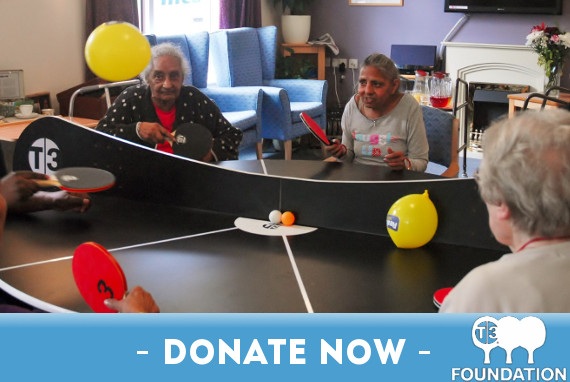NO.1 BRAIN SPORT
This is your brain on Ping Pong
Oscar-winning actress Susan Sarandon, puts on a good front.“I have a paddle and I have a paddle case, which makes me look very professional,” she confessed to a crowd at New York’s American Museum of Natural History. “But, in fact, I suck.”Sarandon admits that despite co-owning the table tennis franchise, SPiN, her game is not for show. But according to one New York professor, Sarandon could be doing more than just having a little fun with friends.
“In ping pong, we have enhanced motor functions, enhanced strategy functions and enhanced long-term memory functions,” explained Dr. Wendy Suzuki, professor of neuroscience and psychology at New York University.

According to Suzuki, table tennis works parts of the brain that are responsible for movement, fine motor skills and strategy — areas that could be growing stronger with each match. While scientists have yet to study the brain activity of ping pong players, Suzuki believes the game enhances brain function unlike any other sport.
Table Tennis Is the No. 1 Brain Sport, Scientists Say
Researchers at The American Museum of Natural History invited Sarandon, Suzuki and a panel of table tennis enthusiasts to become part of their latest exhibition, “Brain: The Inside Story. ”
For one night under the iconic blue whale, high above the museum floor, visitors listened to the science behind one of America’s favorite basement pastimes. While the ping pong discussion was limited to one night, the brain exhibition continues through the summer.
“Table tennis is the number one brain sport, so we figured this was a great way to get people interested in the brain because a lot of people play table tennis,” explained Rob DeSalle, curator for the Museum.
Holding a human brain to get players’ attentions, Suzuki pointed out specific areas that are stimulated by playing table tennis.
According to Suzuki, there are three major areas affected by this high-speed game. The fine motor control and exquisite hand-eye coordination involved with dodging and diving for the ball engages and enhances the primary motor cortex and cerebellum, areas responsible for arm and hand movement.
Ping Pong, Like Chess, Involves Strategy
Secondly, by anticipating an opponent’s shot, a player uses the prefrontal cortex for strategic planning. Lastly, the aerobic exercise from the physical activity of the game stimulates the hippocampus, the part of the brain that is responsible for allowing us to form and retain long-term facts and events.
“There’s a lot of strategy and the area that gets enhanced is the prefrontal cortex, critical not only in ping pong, but also in chess,” said Suzuki.
That could explain why fellow panelist, Will Shortz, calls ping pong, “chess on steroids.” Since 1993, Shortz has been the man responsible for deciding just how much strategy is needed to solve crossword puzzles for The New York Times.
A self-confessed table tennis addict and puzzle editor, Shortz says the key to both of his favorite activities is strategy.
“Crosswords and table tennis go great together, they’re both mind sports,” he said.
Last November, 11-year-old Alex Lipan focused all of his attention on that bouncing ball to become the top-ranked table tennis player, for ages 12 and under, in the state of New York.
Copy taken from ABC News
T3 FOUNDATION
The T3 Foundation
The T3 Foundation is a UK Social Enterprise. Our primary social purpose, is to bring a world of health, wellbeing and happiness through our unique table tennis, to as many of those around the world living with all stages of Dementia and] Alzheimer’s.
The T3 Foundation Kit is the world’s 1st brain stimulation version of group table tennis, uniquely designed so it is accessible to all, even the frailest and older adults participants can take part and benefit immediately.
Table tennis/ping pong has long been established by scientists as the world’s number 1 brain sport, because it is the only sport that can stimulate up to 5 areas of the brain simultaneously. This makes it a perfect drug free therapy for those living with brain conditions.
Clinical studies since 1997 have shown that people with brain conditions experience a boost in brain function and awareness after just a few minutes of playing table tennis. Regular players enjoy further physical, mental and emotional improvements, including greater long-term capacity for memory, concentration, coordination, cognition, motor function, as well as social engagement.
The key conclusion from all these studies is that table tennis/ping pong can delay and slow down the progression of Dementia and Alzheimer’s.
We have created the unique T3 Foundation Kit through our determination to make a huge positive contribution in the fight against Dementia. Please join us in this important work – ‘United against Dementia, we will Succeed.’
KEEPING THE BRAIN HEALTHY
The World’s Number 1 ‘Brain Sport’ – Table Tennis/Ping Pong
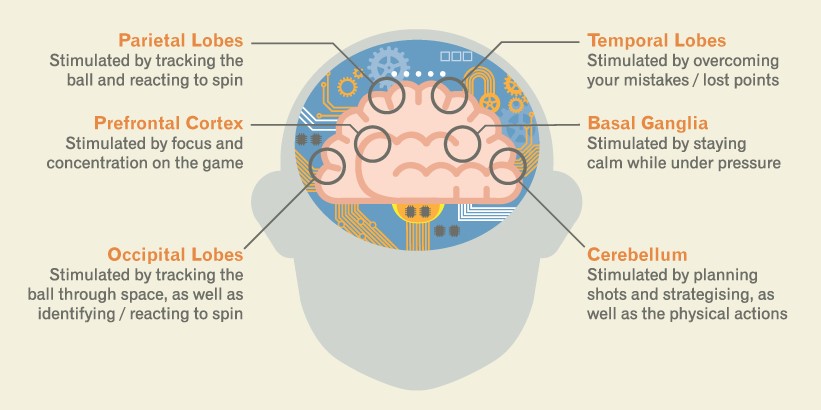
Latest News
Here’s a great opportunity to make a real difference for your local care home.
Covid-19 (Coronavirus)
T3 Foundation Statement
With restrictions easing across the country, we recognise how important this is in regard to restarting activities for your resident’s health and wellbeing.
We are also aware that each care home, nursing home and day care centre is unique, and that you will be tailoring your visiting arrangements according to what is currently possible within your facility.
We are continuing to offer support remotely by way of telephone assistance and virtual session assistance if required by health and well-being coordinators and have resumed our visits in a Covid safe method where permitted.
If you would like to organise a T3 Session, event day or one on one session, do give us a call and we can discuss your requirements.
The T3 Team
Support the T3 Foundation
Help us to reach our goal of £5,000 to run our weekly community T3 Foundation Club!


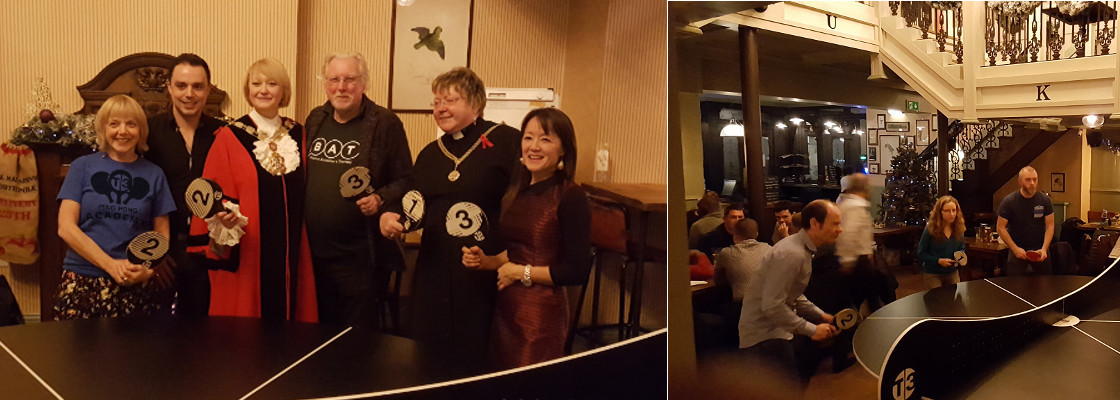

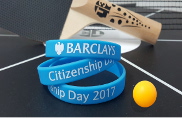 T3 Foundation YouTube
T3 Foundation YouTube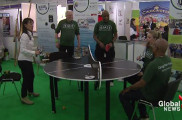 T3 Foundation Features on Canadian News
T3 Foundation Features on Canadian News